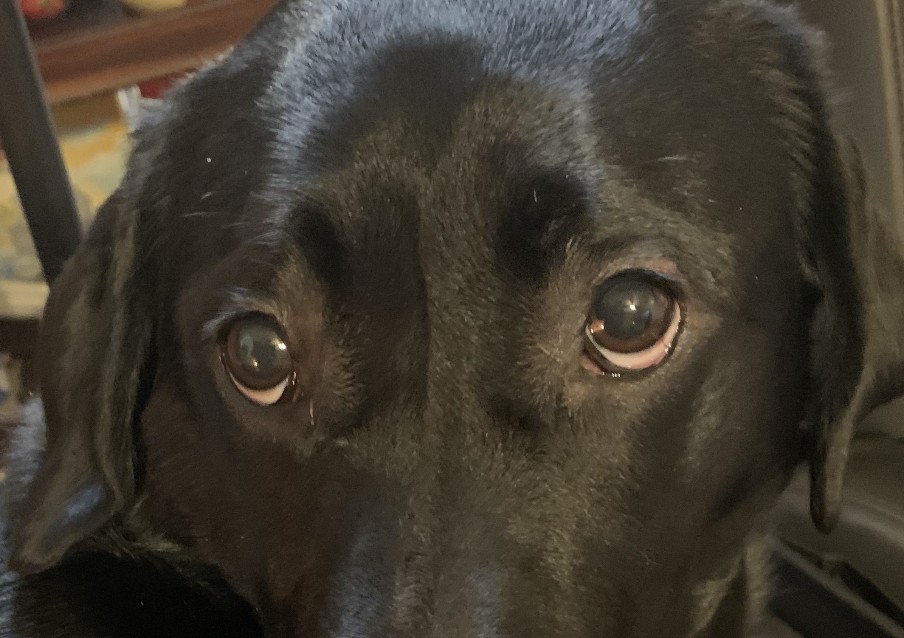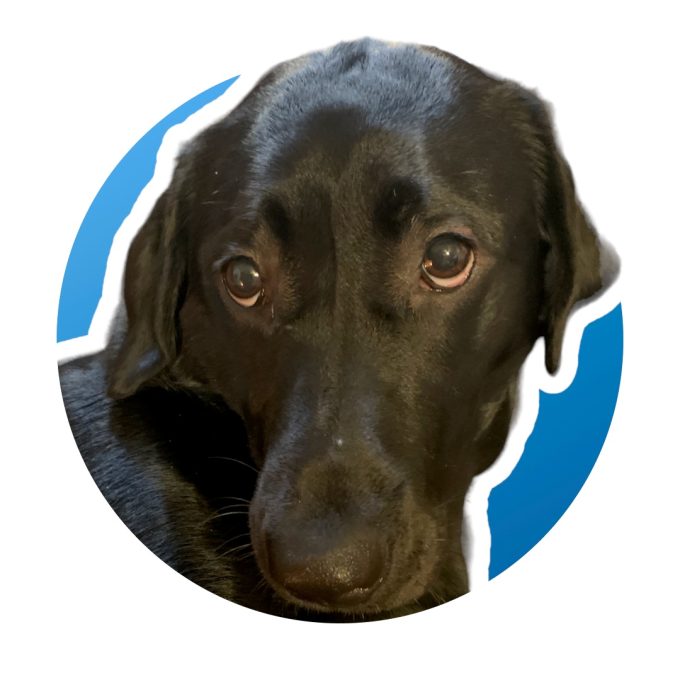Proofed by Dr Erik Johnson
Title: Canine Ectropion: Recognizing Symptoms, Comorbidities, Treatments, and Outcomes Without Treatment
Introduction
Canine ectropion is a condition where a dog’s eyelids turn outward, exposing the inner eyelid and causing various symptoms. This document aims to provide comprehensive information on recognizing the symptoms of ectropion, the comorbidities it can cause, the available treatment options, and the potential outcomes without treatment. Understanding these aspects can help dog owners and veterinarians make informed decisions regarding the management of this condition.

I. Recognizing Symptoms
Canine ectropion can manifest through several noticeable symptoms, including:
1. Outwardly turned eyelids: The lower eyelids are most commonly affected, but upper eyelids may also be involved.
2. Excessive tearing: The exposed inner eyelid can lead to increased tear production, resulting in tear staining around the eyes.
3. Eye irritation and redness: Ectropion can cause eye irritation, leading to redness and discomfort.
4. Conjunctivitis: The exposed inner eyelid is prone to inflammation and infection, often leading to conjunctivitis.
5. Eye discharge: Ectropion may cause excessive discharge, which can be thick or pus-like.
II. Comorbidities Caused by Ectropion
Ectropion can contribute to the development of various comorbidities in dogs, including:
1. Chronic conjunctivitis: The constant exposure of the inner eyelid can lead to recurring conjunctivitis, causing discomfort and potential vision impairment.
2. Corneal ulcers: The abnormal eyelid position may lead to inadequate lubrication and corneal exposure, making the cornea susceptible to scratches, infections, and ulcers.
3. Keratoconjunctivitis sicca (dry eye): In some cases, ectropion can disrupt the normal tear distribution across the cornea, resulting in dry eye syndrome.
4. Epiphora-related skin problems: Excessive tearing can cause irritation, hair loss, skin infections, and a foul odor, particularly around the eye area.
5. Chronic discomfort: The chronic irritation and inflammation associated with ectropion can lead to discomfort, affecting the overall well-being of the dog.
III. Treatments Available
The treatment of canine ectropion may vary depending on the severity and underlying causes. Some common treatment options include:
1. Medical management: In mild cases, veterinarians may prescribe lubricating eye drops or ointments to reduce eye irritation and manage symptoms.
2. Surgical correction: Moderate to severe cases may require surgical intervention to restore the normal position of the eyelids. Surgical procedures include eyelid wedge resection, lateral canthoplasty, or tarsorrhaphy.
3. Concurrent procedures: In certain instances, ectropion correction may be performed alongside other corrective surgeries, such as entropion repair or eyelid reconstruction, if needed.
IV. Outcome Without Treatment
Without treatment, canine ectropion can lead to chronic eye problems and potentially compromise the dog’s quality of life. The exposed inner eyelid is more susceptible to infections, inflammation, and corneal damage. Chronic discomfort, recurrent conjunctivitis, and the development of corneal ulcers are common outcomes of untreated ectropion. Additionally, the excessive tearing and related skin problems can lead to secondary skin infections and contribute to a decrease in the overall well-being of the dog.
Conclusion
Canine ectropion is a condition that requires attention and appropriate management to prevent potential comorbidities and discomfort in dogs. Recognizing the symptoms early can help prompt veterinary intervention. Treatments range from medical management to surgical correction, depending on the severity of the ectropion. Without treatment, dogs may experience chronic eye problems, discomfort, and a decreased quality of life. As responsible pet owners, it is essential to consult with a veterinarian if ectropion symptoms are observed, allowing for timely and appropriate interventions to maintain the ocular health and well-being of our furry companions.
this is an uncomplicated surgery that I can do here in Marietta Johnson Veterinary Services. It is rarely needed.






